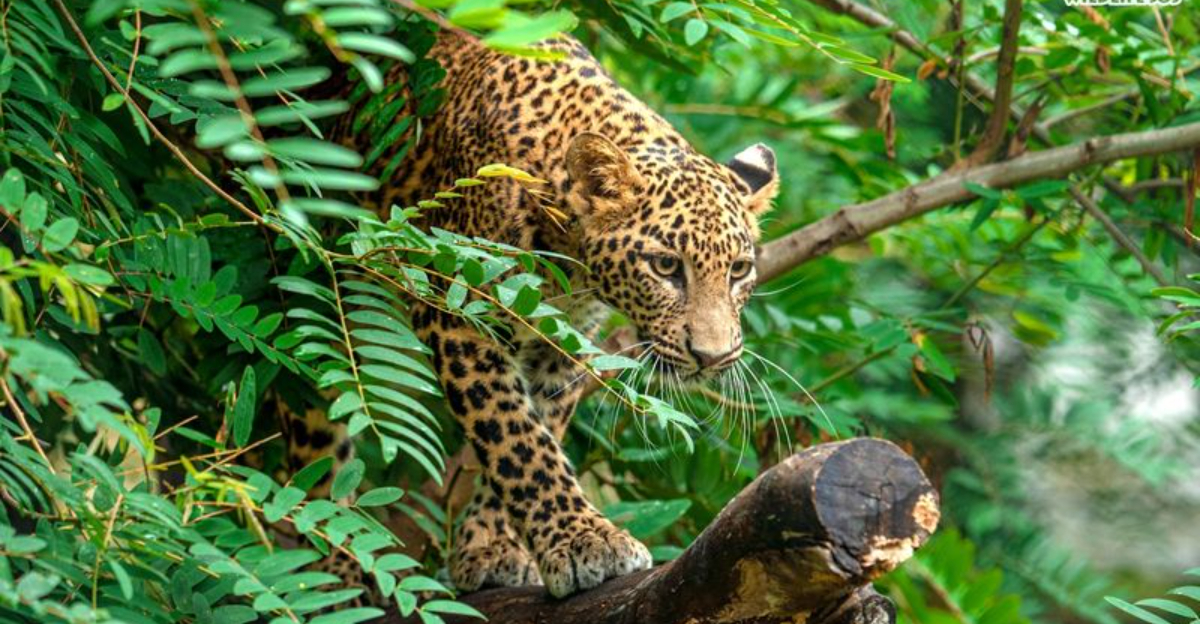In the vast and varied world of wild cats, some species stand out for their incredible hunting skills. These cats have evolved over time to become expert predators, showcasing remarkable adaptability and prowess in different environments.
From dense jungles to open savannahs, their hunting techniques are as diverse as the habitats they inhabit. We’ll explore 11 of these magnificent felines, each with their own unique approach to the art of the hunt.
1. Jaguar
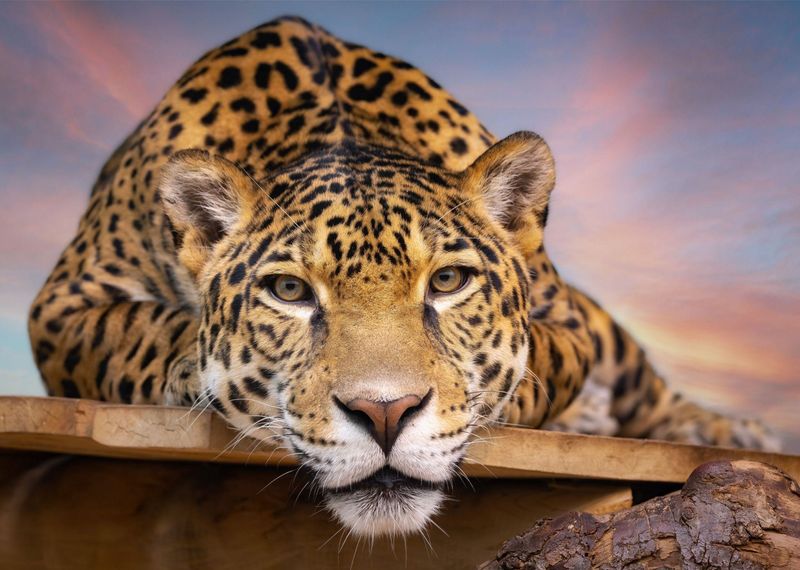
With stealth and strength, the jaguar maneuvers through the Amazon’s dense foliage, an apex predator in every sense. Known for its potent bite, it can pierce through skulls, a technique few can match.
The jaguar’s strategic approach involves silent stalking, waiting patiently for the perfect moment to pounce.
By targeting capybaras or caimans, it showcases an understanding of its environment and prey.
This predator’s ability to swim and even hunt aquatic creatures like fish or turtles adds another layer to its skill set.
Jaguars often hunt at dusk or dawn, using the dim light to their advantage, reflecting a deep connection to their habitat.
2. Cheetah
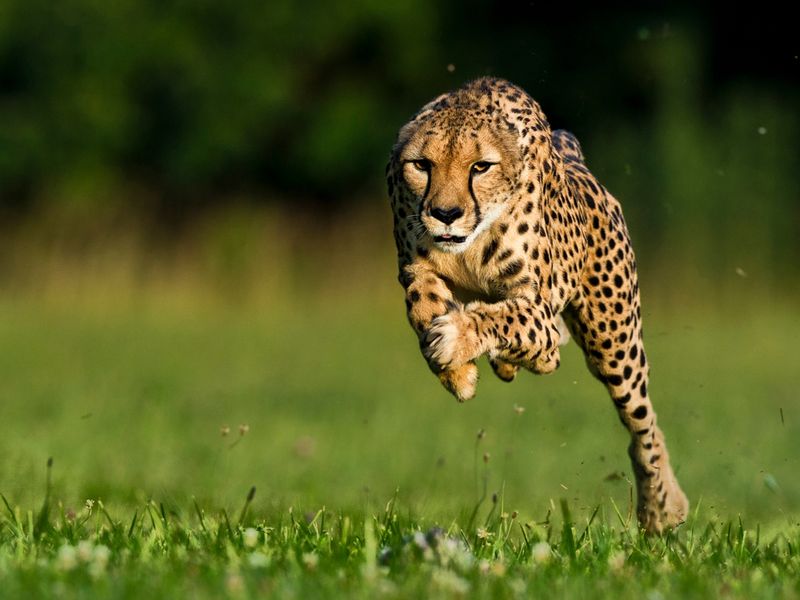
Renowned for incredible speed, the cheetah is the fastest terrestrial animal, capable of reaching 60 mph. This feline’s slender body and long legs are perfectly designed for sprinting.
Unlike other big cats, cheetahs rely on their eyesight rather than smell to spot prey. Once within striking distance, they unleash their speed in a breathtaking chase.
After catching its prey, the cheetah must eat quickly before larger predators arrive. Its hunting method is a blend of strategy and sheer physical prowess, honed by generations of evolution in the African plains.
3. Leopard
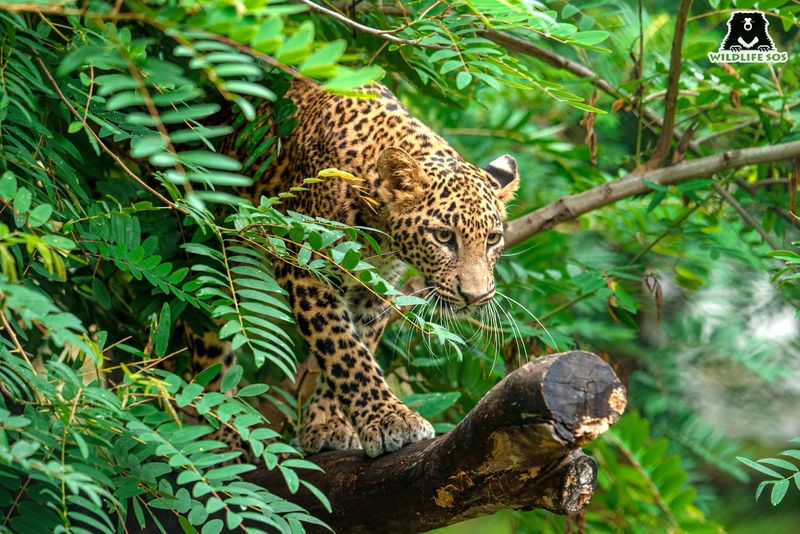
Leopards are masters of camouflage, blending seamlessly into their surroundings. They possess an uncanny ability to adapt to various environments, from arid deserts to lush forests.
These agile hunters often drag their prey up trees to protect it from scavengers. This not only showcases their strength but also their strategic thinking.
Leopards have a diverse diet, making them versatile hunters. Their patience is legendary, often lying in wait for hours before making a move, a testament to their hunting finesse.
4. Lion
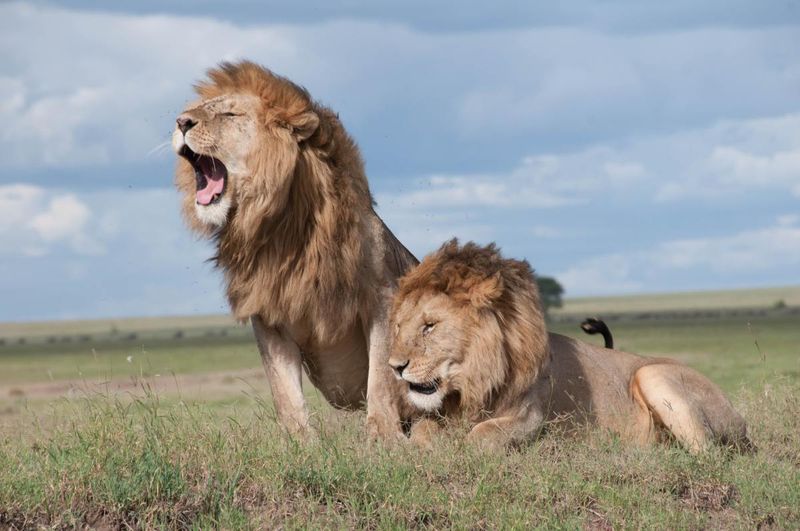
Lions, known as the kings of the jungle, embody strength and teamwork in hunting. Living in prides, they strategize their hunts, often working together to corner prey.
Female lions, the primary hunters, use their stealth and speed to their advantage. Their coordinated attacks are a marvel of cooperation and skill.
Once the hunt is successful, the pride shares the spoils, highlighting the social structure that sets lions apart. Their collective hunting strategy ensures survival in the challenging environment of the savannah.
5. Tiger
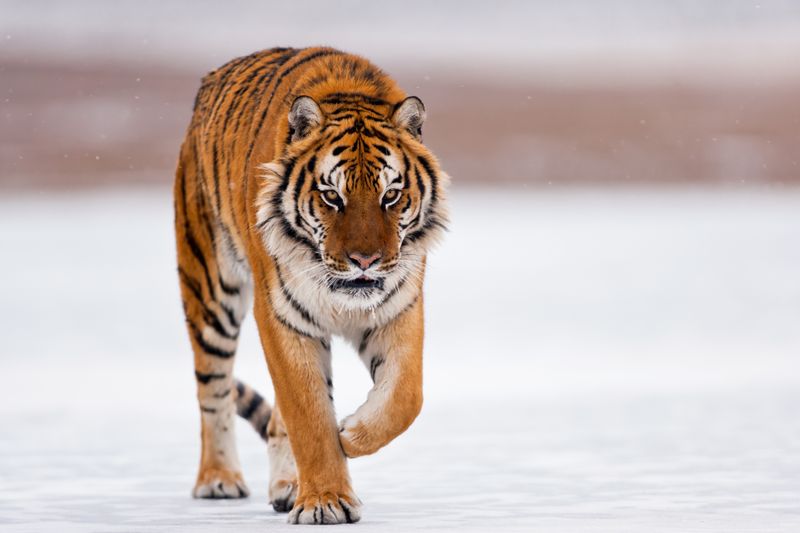
The largest of the big cats, tigers are solitary hunters that rely on stealth and power. Their distinctive stripes help them blend into the jungle, making them nearly invisible to prey.
These magnificent predators prefer to hunt alone, often at night, using their acute senses to detect prey. They are known for their powerful build, capable of taking down large animals like buffalo.
The tiger’s roar, a spine-chilling sound, can be heard over long distances, asserting their presence in the territory. Their hunting strategy is a balance of patience and sheer force, perfected over millennia.
6. Snow Leopard

In the cold, rugged terrain of the Himalayas, the snow leopard is a ghostly presence. This elusive cat is adapted to high altitudes, with thick fur and large nasal passages.
Its hunting strategy relies on stealth and surprise, often ambushing its prey from above. The snow leopard’s long tail aids in balance on the precarious cliffs.
Unlike other big cats, snow leopards are solitary, and their survival depends on their ability to navigate and hunt in their harsh environment, a testament to their resilience and adaptability.
7. Caracal
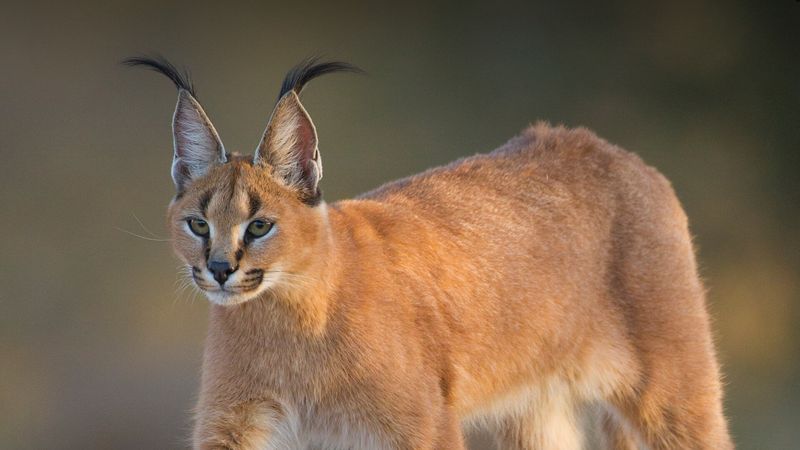
The caracal, with its distinctive tufted ears, is a medium-sized cat known for agility and precision. These felines can leap into the air to catch birds, a skill few other predators possess.
Caracals often hunt alone, using their keen senses to track small mammals. Their powerful hind legs make them excellent jumpers, enabling surprise attacks on prey.
Adaptable to various environments, caracals are found in forests, savannahs, and even semi-deserts. Their ability to thrive in diverse habitats is a key to their success as hunters in the wild.
8. Serval
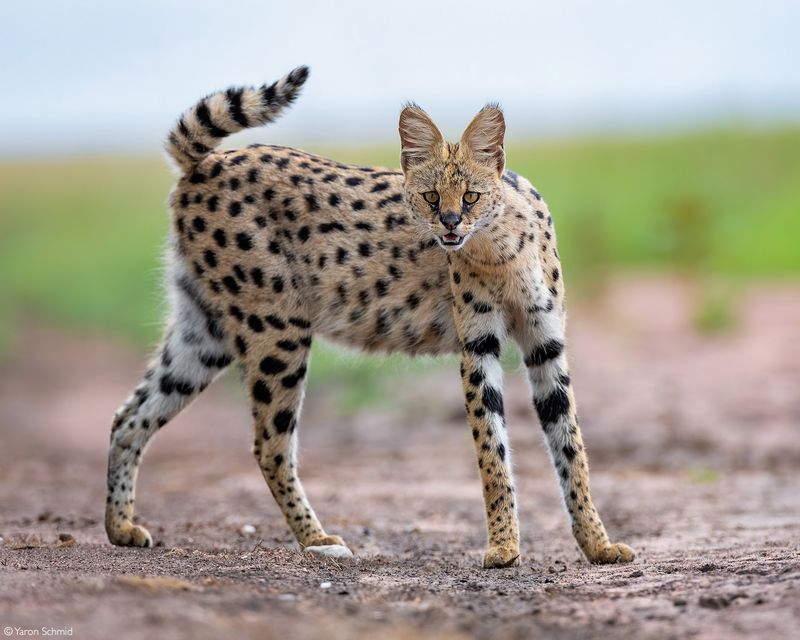
Known for their long legs and large ears, servals are expert hunters of rodents and birds. Their acute hearing allows them to detect prey hidden in the grass.
These cats have a unique hunting technique, leaping high into the air to pounce on unsuspecting victims. Their agility and precision make them formidable hunters in the tall savannah grasses.
Servals often hunt alone and are mostly active during twilight hours, using the cover of dusk to their advantage. Their hunting skills are a blend of patience, speed, and keen senses.
9. Lynx
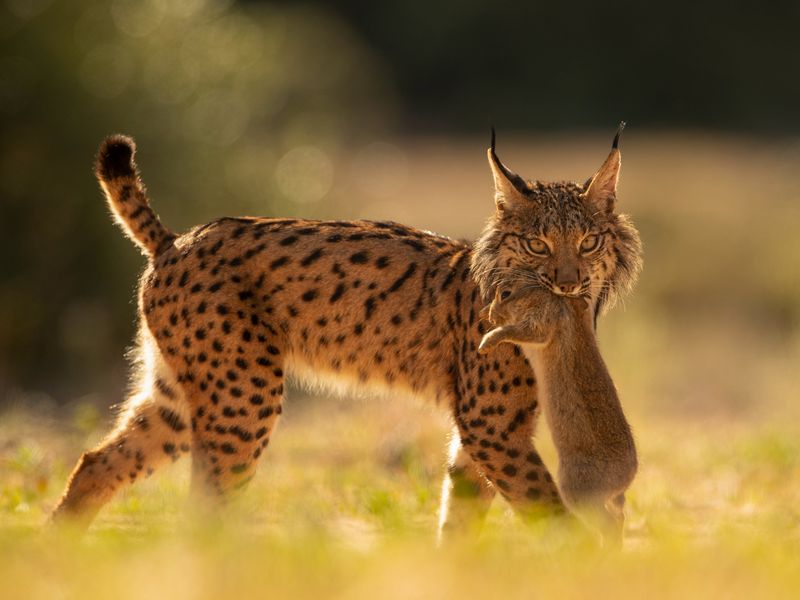
With tufted ears and a short tail, the lynx is a master of the snowy landscapes. These solitary hunters have thick fur to keep warm in cold climates.
Lynxes rely on stealth and patience, often stalking their prey silently before making a quick attack. They primarily hunt small mammals like rabbits and birds.
Their ability to navigate through snow-covered terrain with ease is a testament to their adaptability. Lynxes are known for their fierce independence and solitary nature, making them skilled and opportunistic hunters.
10. Clouded Leopard
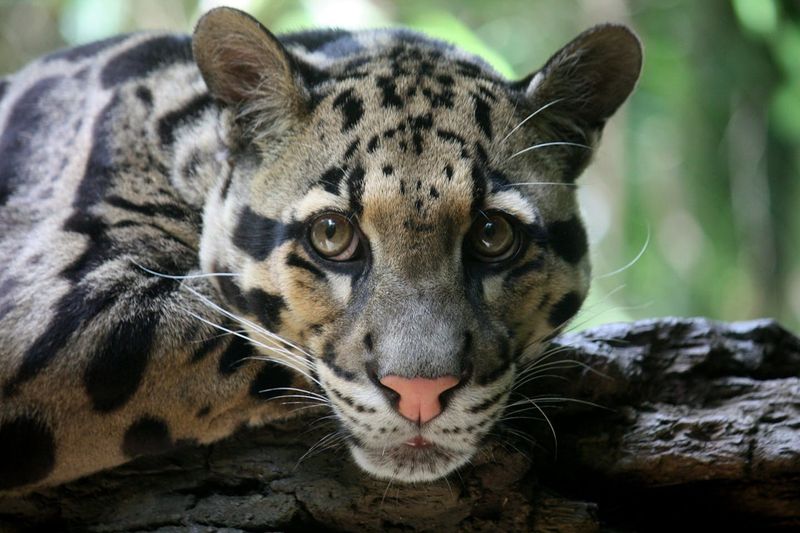
The clouded leopard, with its long tail and large paws, is an arboreal specialist. These cats are exceptional climbers, capable of descending trees headfirst.
Unlike other big cats, clouded leopards spend much of their time in trees, hunting birds and small mammals. Their unique dentition allows them to take down larger prey than their size might suggest.
Found in the dense rainforests of Southeast Asia, these elusive cats are rarely seen but are undoubtedly masters of their domain, combining climbing prowess with hunting skill.
11. Puma
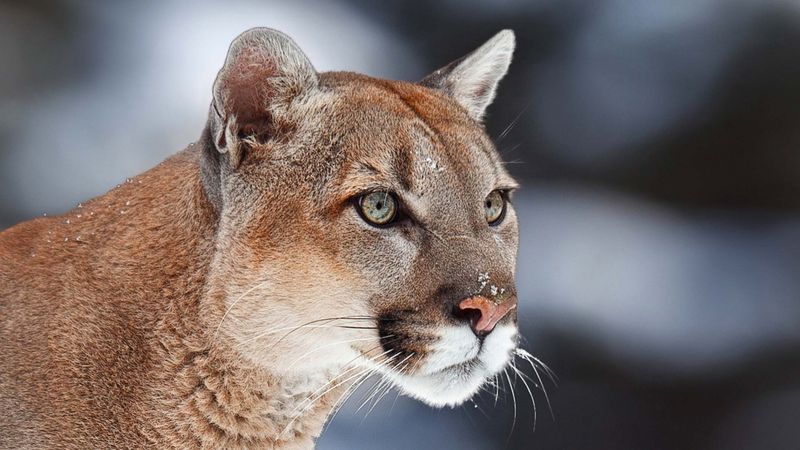
Pumas, also known as cougars or mountain lions, are adaptable predators found across the Americas. Their muscular build and powerful legs enable them to tackle a wide range of prey.
These solitary cats rely on stealth and surprise, often ambushing their prey before delivering a fatal bite. They are skilled at navigating diverse terrains, from mountains to deserts.
Pumas are mostly nocturnal hunters, taking advantage of the cover of darkness. Their adaptability and strength make them one of the continent’s most efficient predators.

